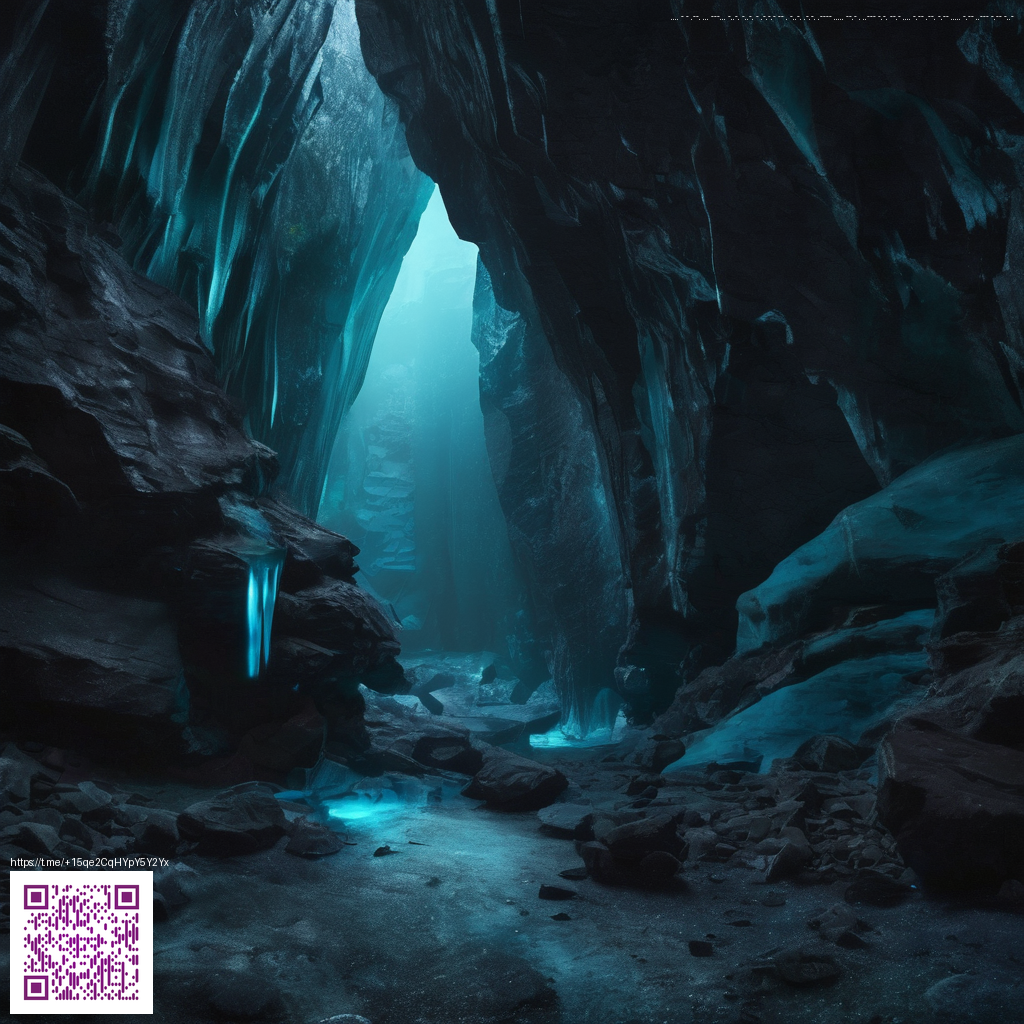
Seamless Texture Techniques in Photoshop
Seamless textures are the quiet backbone of countless digital projects—from website backgrounds to game environments and product mockups. The goal is simple in concept: a single tile that can repeat indefinitely without any perceptible seams. In Photoshop, you can achieve this through a careful blend of tiling, offsetting, and smart cloning. With a thoughtful approach, even complex patterns can tile flawlessly, giving you a flexible foundation for your creative work.
The basics of a tile that works
Start with a square canvas—common sizes are 256x256 or 512x512 pixels. Build your texture so that edges flow into each other. A crucial first step is offsetting the tile to reveal seams: Filter > Other > Offset, then move the image so the edges become the center. This exaggerates any discontinuities, making it easier to spot where color, texture, or pattern need adjustments. When you correct seams, you essentially train your eye to see repetition the way a viewer would on a large surface.
- Design with edge continuity in mind: ensure gradients and patterns wrap around the tile without abrupt jumps.
- Use a neutral baseline: a subtle noise layer can help hide uniform areas that would otherwise reveal repetition.
- Leverage non-destructive edits: work with smart objects and adjustment layers so you can tweak the tile without starting over.
Pro tip: For patching problematic seams, the clone stamp or healing tools work best when you sample mid-tile texture and brush with a soft edge. The goal is to blend variations naturally so the repetition remains invisible to the eye.
Adding depth with variation
A truly convincing seamless texture never looks identical from tile to tile. To achieve authenticity, introduce subtle variation across repetitions. This can be done by layering different elements and adjusting their opacity, blending modes, and positions. For example, create a base texture, duplicate it, apply a different gradient or color balance to the copy, and then blend it using Overlay or Soft Light. Merging these layers after you’re satisfied yields a tile with depth that still tiles seamlessly when repeated across a larger surface.
Another effective approach is to experiment with displacement maps. A lightweight displacement layer can bend subtle textures just enough to break up obvious repetition while maintaining a cohesive surface. If you’re working toward product visuals or packaging concepts, these nuances can translate into more realistic renders and lifelike surfaces.
For designers exploring quick wins, exploring ready-made textures can spark ideas. This practical mindset is echoed on the product page for the Neon Cardholder Phone Case — Slim MagSafe Polycarbonate, which demonstrates bold surface treatments that might inspire color and texture decisions in your own projects. You can explore the product here: Neon Cardholder Phone Case — Slim MagSafe Polycarbonate.
How to test your seamless texture
Testing is as important as creation. Apply your tile to a larger canvas to visually inspect for seams. Use a tile preview (View > New Guide Layout to create a grid that matches your tile size) to simulate how the texture repeats in real-world dimensions. If you notice any seams, go back to the Offset step and refine the clone or patch work. Finally, convert your texture to a smart object and experiment with color adjustments in isolation, ensuring consistency across the entire repeat.
When you’re ready to share or present your work, consider how the texture feels under different lighting. Subtle shifts in hue or contrast can drastically alter the perceived seamlessness. For a professional finish, save versions in the sRGB color space to maintain compatibility across screens and devices.
For readers seeking a curated path to inspiration, keep an eye on practical examples and case studies. A useful reference point is the page https://y-landing.zero-static.xyz/2c7d8048.html, which showcases how designers approach textures and patterns in real-world projects. This context can help you translate the concept of seamless textures into polished visuals for clients and stakeholders.